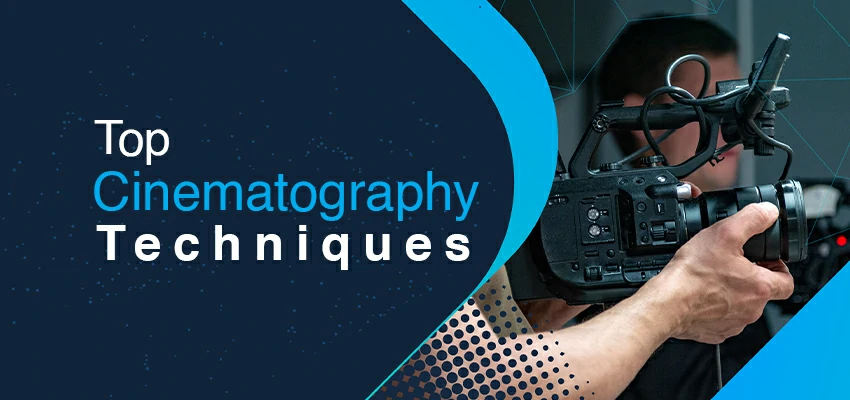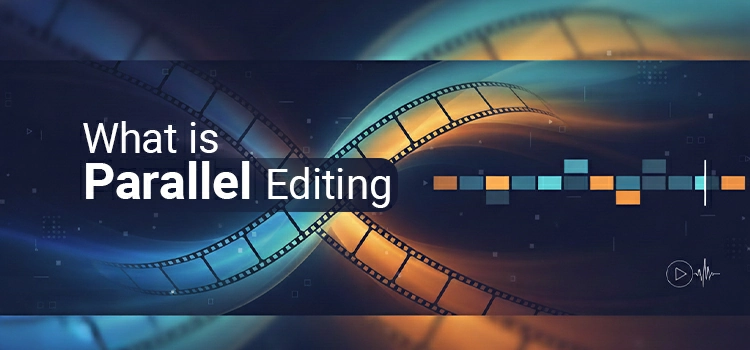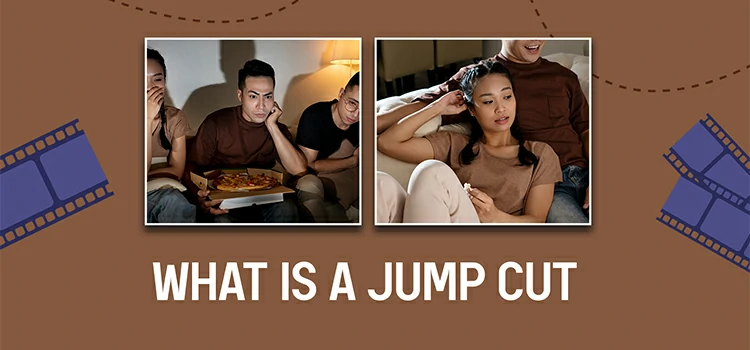Top 5 Cinematography Techniques Every Filmmaker Should Know

When people ask what the secret is to great cinematography, we usually say: there isn’t one. You can learn the gear, the settings, and the jargon—but unless you’re paying attention to the story, the emotion, the rhythm of a scene—it’s all meaningless. The tools are there to serve the moment. That’s it.
In this content, we’ll walk you through some of the cinematography techniques we think every filmmaker should understand. Not because they’re trendy or technical, but because they help tell a story honestly.
What Is Cinematography?

You can define it technically—the control of lighting, camera movement, lens choice, and composition. But really, cinematography is about how an image feels. It’s about creating something that supports the heart of the story.
It’s easy to get lost in gear talk. Some filmmakers have shot major films with high-end equipment, and some have filmed with handheld cameras in tough conditions. It doesn’t matter. What matters is your eye, your taste, your intent.
Cinematography vs Videography
Some people often ask about the dissimilarities between the two terms- cinematography and videography. It is a fair question.
Indeed, videography is all about covering events like wedding ceremonies, birthday parties, real moments unfolding in real time, and more.
On the other hand, cinematography is something more. It’s planned. It’s sculpted. Every frame is designed with a purpose. It’s not just about recording; rather, it’s about interpreting. You’re not showing the audience what to see; you’re helping them feel something as they see it.
The Elements of Cinematography

A few principles guide how cinematographers think about a frame:
- Light – It’s everything. We don’t mean brightness—we mean contrast, color, direction. The way light falls tells you where to look, and how to feel.
- Composition – Where things sit in the frame. Symmetry, imbalance, breathing room—it’s visual poetry.
- Movement – When the camera moves, ask yourself why. It shouldn’t drift without purpose.
- Lens – Wide or long, distorted or intimate. The lens is your eye. Choose carefully.
- Focus – What’s sharp? What’s not? It’s not just clarity—it’s priority.
- Color – Tone, warmth, shadow—all color should support the mood, not distract from it.
- Space – How much air is in your shot? Negative space can speak louder than objects.
Cinematography Techniques That Matter

1. Observe Light, Don’t Overpower It
When you use a 20K HMI or a single window, then the aim is not to light the scene, rather it is to realize how light behaves, falls, acts, and then shape it subtly. One of my favorite sources? The sun. Natural light—diffused through cloud or window—is elegant when handled right.
Lighting should feel like it belongs. The moment it draws attention to itself, it’s gone too far.
2. Camera Placement > Camera Movement
People often ask what their favorite camera move is. It is not one. Sometimes, the most powerful thing you can do is not move. Stillness has weight. Movement should always have a reason. It should be motivated by the story, by the character, or by the shift in emotion and mood.
A comparative slow dolly forward can show more than a 360 Steadicam shot.
3. Shoot for Emotion, Not for Beauty
If your shoot does not touch the emotion, the human mind, beautiful shots mean nothing. In fact, cinematography is not about aesthetics; it is all about feeling.
Think everything positively. If a harsh overhead light suits the desperation of a character, use it. If a shot is technically imperfect but emotionally raw, keep it. Perfection can be cold. Emotion lasts.
4. Let the Story Breathe in the Frame
Some cinematographers love wide shots. Not because they’re scenic, but because they let characters exist in space. They show context. Isolation. Power. Vulnerability. A good wide frame lets silence work.
But some artists also love close-ups—when they’re earned. When a character’s face carries the weight of a scene, don’t look away.
5. Composition Is About Rhythm
All cinematographers don’t subscribe to rules like the rule of thirds as doctrine. Sometimes, symmetry is perfect. Sometimes, imbalance feels right. The key is rhythm—how one frame flows into the next. It’s music, really. Cinematography is a visual rhythm section.
Cinematography Examples You Admire

Every frame of “The Assassination of Jesse James” whispers emotion. The soft flares, the falling shadows, the melancholic tones—they all tell you how the characters feel inside.
In “No Country for Old Men”, the quiet spaces say more than any dialogue. The stillness of the frame lets the audience absorb dread, just like the characters.
These are the kinds of cinematography examples, some cinematographers return to, where the camera serves the soul of the film.
Subtle Techniques That Add Depth

Natural Framing
Frame your subject with what exists in the environment. They can be doorways, arches, or shadows. It’s not just a trick; rather, it’s a way to pull the audience into the world.
Negative Space
Leave room around the subject. Let the loneliness sit. Let the silence feel heavy. A close-up crammed into frame feels different than one with breathing space.
Color with Intention
Don’t just color grade for style. Use warmth to convey comfort, or cool tones for detachment. The cinematography art is subtle. You want the audience to feel the shift—not notice it.
Fresh Cinematography Ideas Worth Exploring

In search of fresh cinematography, if you feel stuck, try these exercises-
- For experimental purposes, take the same scene with natural light at three times of day. Notice how it changes.
- Watch a favorite film with the sound off. Study the rhythm of cuts and camera movement.
- Film a short scene using only practical lights (lamps, candles, phone screens).
- Limit yourself to one lens for a week. Creativity grows under constraint.
Don’t chase gear. Chase vision.
The Gear Doesn’t Matter as Much as You Think

Yes, gear can help. But it’s not the answer. Many cinematographers shot films with top-tier gear, and they’ve captured magic with the simplest setups. What matters more is the eye behind the camera.
Use what you have. Focus on light, composition, and tone. You can make a masterpiece with a mirrorless camera and a strong vision.
Final Thoughts: The Heart of Cinematography
What we have learned over the years is that cinematography is all about restraint. Wait, hold back. Don’t show over-style. Don’t make it over-complicated.
Know when to move and when not. Know when to light and when to let darkness speak. Furthermore, know when to compose and when to let the moment fall naturally.
And most importantly—listen to the story. Let it guide you. Always.
You’re not there to show off. You’re there to let the audience feel something real.







